It’s treated as a given how much of an impact Hideaki Anno’s Neon Genesis Evangelion saga has had on anime and pop culture. This is especially the case in the Land of the Rising Sun, where it has been a veritable media juggernaut, as seen with the merchandise alone. While this seems like a no-brainer, what if you were told that this extends to a whole world of spin-offs that explore the franchise in various ways? Alas, they’re for the most part only available in Japan.
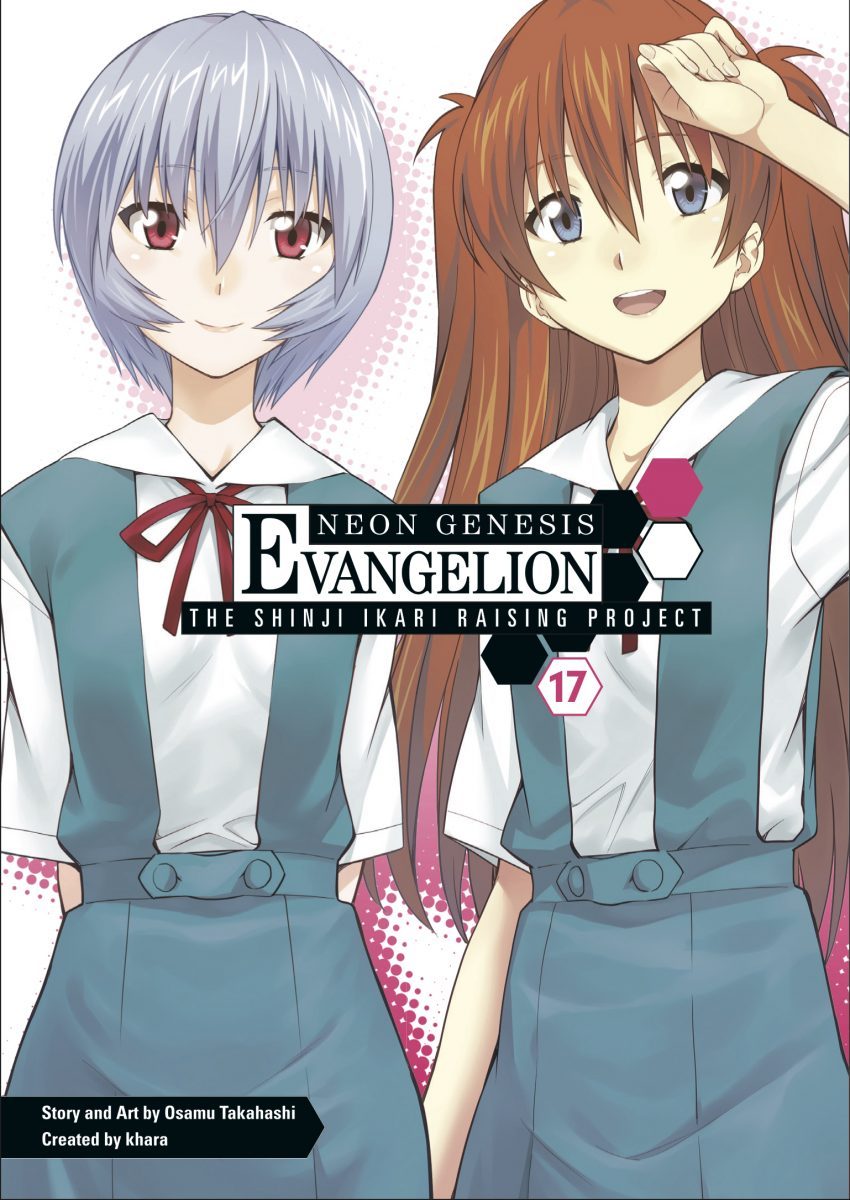
From the original anime’s debut in 1995, it has seen all kinds of video game adaptations and even light novels that explore the series, as well as its themes, in wildly different forms. Given how dense the source material can be, it’s impressive. Yet few of these have ever seen an official release across the Pacific, such as the manga rendition of Shinji Ikari Raising Project (2005-16). Whether you’re a long-time fan of the franchise, or someone who knows it for its reputation, are these offshoots worth importing?
With Rebuild of Evangelion 3.0+1.0 (2021) already out, let’s find out for ourselves.
Girlfriend of Steel/Iron Maiden (1997, 2006)
First coming out for Windows PC in 1997, Neon Genesis Evangelion: Girlfriend of Steel, also known as Iron Maiden, was one of the first adaptations to not directly rehash the TV series wholesale, instead being a largely original story. It’s also notable for being developed in-house by Gainax, similarly to its Princess Maker series.
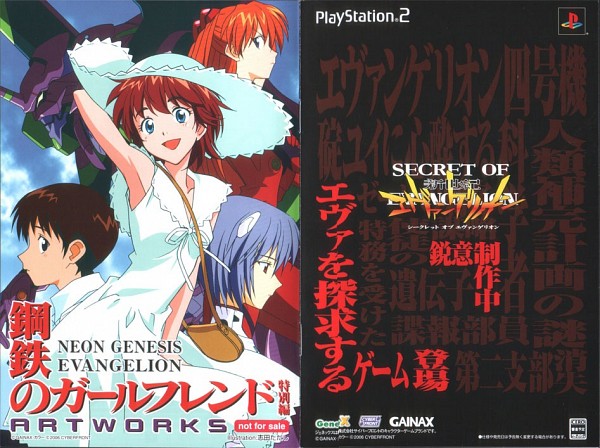
Set roughly around episodes 8 and 13 of the original anime, the game follows Shinji Ikari as he encounters a new transfer student named Mana Kirishima. Not only is it revealed that she’s in actuality a pilot under the Japanese government’s T-RIDEN-T program, but she’s been likewise tasked to spy on NERV and the Evangelion units. Further complicating matters is how she has also begun developing feelings for our protagonist. It’s up to the player, however, to determine what comes next.
The game is best described as a visual novel that’s also a dating sim. For instance, your actions as Shinji determine whether his romantic inclinations turn towards Mana or Asuka. While you have to navigate through his school life and NERV duties, it’s not until towards the end that the diverging paths really become pronounced. Along the way, you get to learn more about the titular girl (who’s also voiced by Megumi Hayashibara) and catch a glimpse of life in Tokyo-3. That these are accompanied by both in-game animated scenes provided by Gainax, and voice acting done by the original cast, further adds to the feel of being straight out of the show.
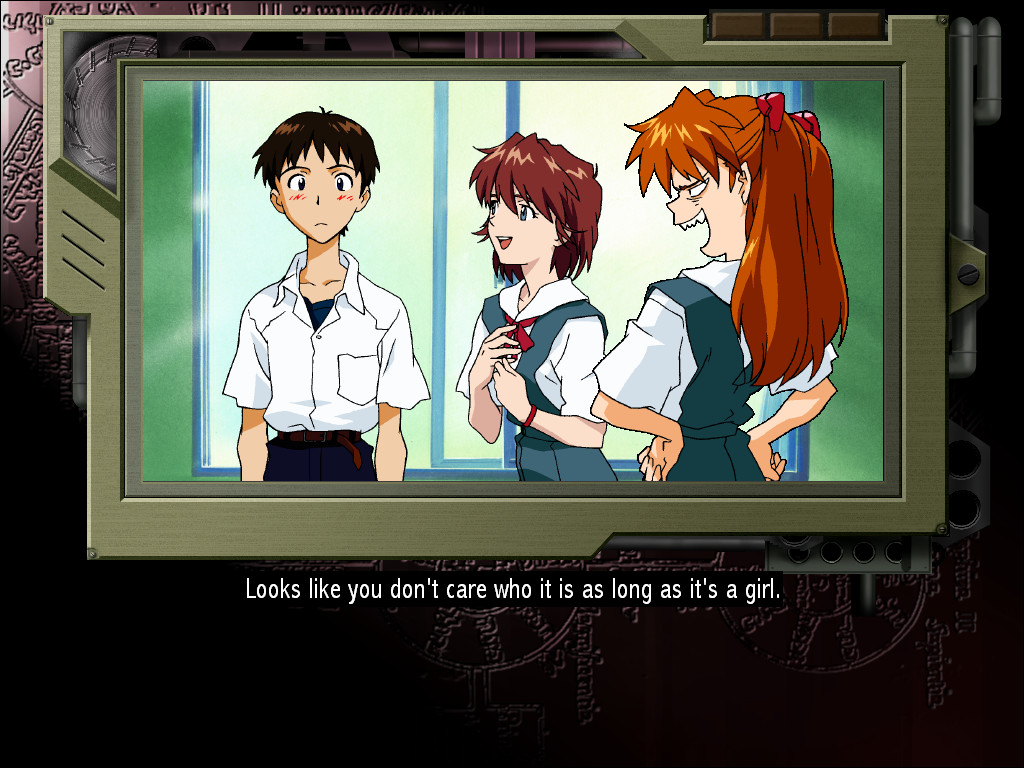
Girlfriend of Steel proved popular enough to warrant a Korean release and a “Special Edition” for the PS2 and PC — featuring extended scenes and an additional ending. Meanwhile, though Mana herself was known to have been relatively divisive, she proved popular enough to eventually become a recurring figure in other spinoffs, including Shinji Ikari Raising Project. Thanks to fansub patches and foreign collectors, though unofficial, Western fans can experience this fascinating gem.
Neon Genesis Evangelions (2003)
Developed by Alfa System for the PlayStation 2 in 2003, Neon Genesis Evangelions, also known as NGE2, has gained both fame and notoriety among fans on both sides of the Pacific, though it never saw an international release. Part of this can be attributed to the game featuring much of the original cast of the anime, with Hideaki Anno himself directly involved in its creation through extensive interviews.
Rare trailer for NGE2‘s PS2 release, spotlighting its attempts to be authentic. Circa 2003. (Source: YouTube)
On the surface, it’s a third-person RPG that tries to recreate the original series. Through the eyes of characters as varied as Shinji, Asuka, and even Kaworu, players get to go through the show’s pivotal moments. It doesn’t take long, however, before the real content reveals itself. Completing scenarios in its story mode, for instance, unlocks “Classified Information” files that shed more light on the setting and themes. The gameplay itself — which includes character interactions, combat sequences, and world-exploration elements — not only goes the extra mile immersion-wise, but also allows for multiple outcomes. Whether it’s saving Toji Suzuhara from his canon demise, or a version of End of Evangelion where a “perfected” Jet Alone comes to NERV’s aid, you can explore alternate continuities instead of following the script.
Depending on the player’s actions, key events and battles can play out differently from the source material, allowing for extra playability. (Source: YouTube)
NGE2 performed decently at launch. This is thanks in no small part to its high production values and considerable flexibility in its “simulation” of the source material, in a way foreshadowing the Rebuild films in their own deviations. Granted, the execution can be all over the place, if not outright weird at times. Unfortunately, no extensive localization, fan-made or otherwise, exists. Still, if you’re willing to use a GameFAQs guide, or fansubbed clips on YouTube, it’s still worth tracking down.
Evangelion ANIMA (2008-13)
This one is cheating a bit, as Seven Seas Entertainment localized this particular offshoot for North America from 2019 to 2021. For the longest time, however, Neon Genesis Evangelion: ANIMA had been something of a peculiarity. First serialized in Dengeki Hobby Magazine from 2008 to 2013, this light novel series was penned by franchise mecha designer Ikuto Yamashita, yet notably diverges widely from the original series.
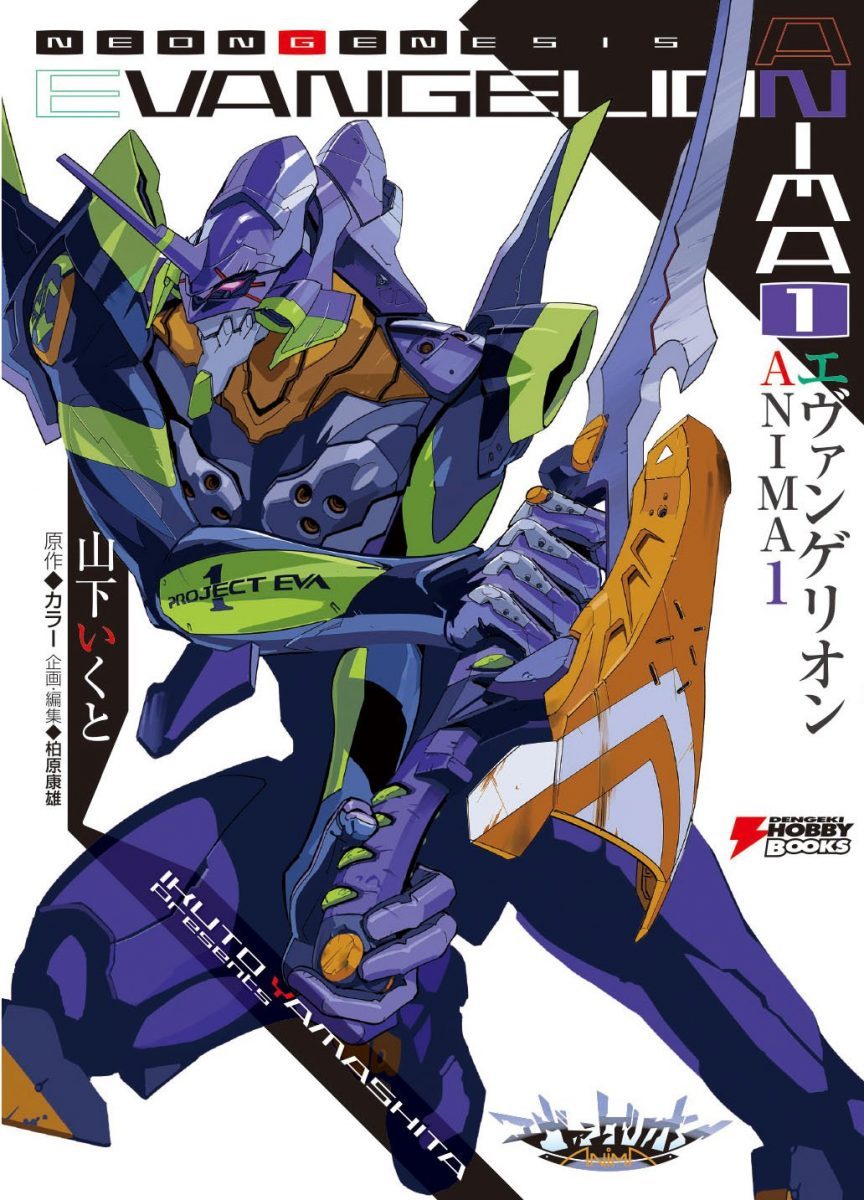
Set three years after a version of End of Evangelion wherein the MP Evas were defeated and Third Impact was averted, ANIMA follows Shinji and Asuka, now veteran pilots for NERV Japan. What starts out as a mission to retrieve a clone of Rei gone rogue turns into a massive conspiracy involving a sentient, black Eva unit. Taking inspiration from Gundam, especially with how the various Evas are designed and upgraded, the tone is considerably different from Anno’s take. Unlike the anime, the protagonists are shown to be more confident and mature, with Shinji even bearing a passing resemblance to Kaji. Attention is placed on how the various characters would develop had Instrumentality never happened, and also on how the world at large changes over the time skip.
This may come off for some as lacking the source material’s depth, even with all the esoteric motifs and how crazy the plot gets. Yamashita isn’t as good at writing as he is with mecha design. That being said, the focus on character development, attention on straightforward action, and fascinating art, makes this rendition of the saga unique. Though not as well-known as the anime and movies, it proved popular enough to warrant attention from Western fans.
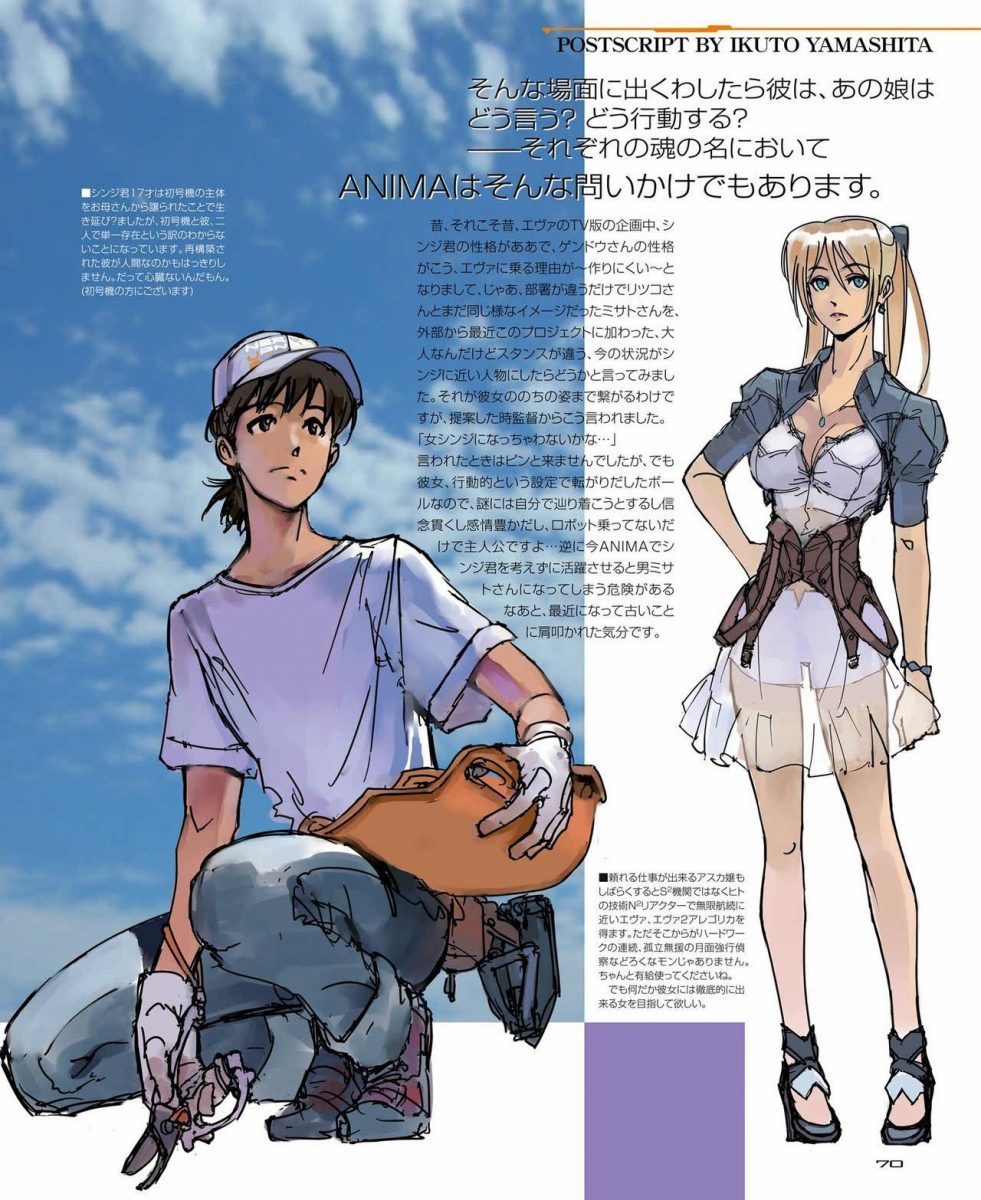
With Rebuild 3.0+1.0 marking the grand finale of Anno’s original story, it’s likely that spinoffs like ANIMA and others will take prominence from here on. With his vision of Evangelion, like Gundam, become another “pillar” supporting the anime industry, perhaps this is the future, with more creators giving their own takes on the franchise. Why not be ahead of the curve, and catch a glimpse before the rest of the world does?


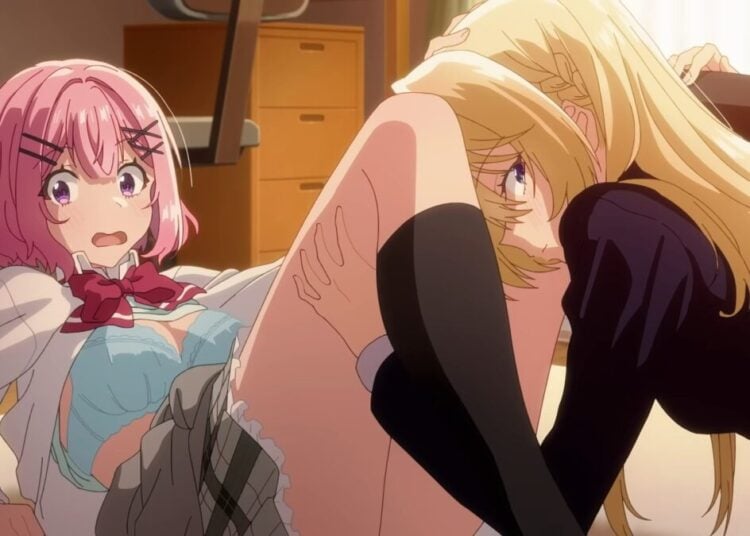
![Sawaranaide Kotesashi Kun Episode 12 [END] Featured Image](https://blog.jlist.com/wp-content/uploads/2025/12/Sawaranaide-Kotesashi-kun-Episode-12-END-Featured-Image-750x536.jpg)










